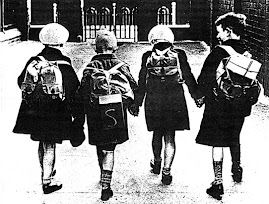In the article, Mapping Student Minds by Ariel Owen, a new workshop called Kids in Creeks is explained. Kids in Creeks is an interactive program which allows students to collect data and input it into Spreadsheets as well as teach students water quality, and creek health. The teacher who oversaw the activity incorporated technological devices such as Palm Pilots which could download their data to a WISE database at school. The instructor found that this technique eliminated errors which occurred with written data. Enhancement of this program is with a school environmental club which collect more data in an after school program. The ultimate result of the program is to use the data found and connect it to cause and effect of annual changes in the creek.
What exactly does this program teach?
The article explains that a challenging aspect of this project is for sixth-graders to find inverse relationships. The program helps students develop critical thinking skills which are necessary for their development.
What are some of the other benefits of the program?
Not only does this program teach students their relationship between their activities and the creek while allowing scientific and critical thinking skills, but in incorporating an after school program, it gives students a positive outlet for what would otherwise be idle time.
Subscribe to:
Post Comments (Atom)

Typically causal relationships are described in text. This type of technology can provide another way to represent the relationships. Using both representations, students can have a better chance for in-depth understanding.
ReplyDeletePlease use a space between paragraphs.